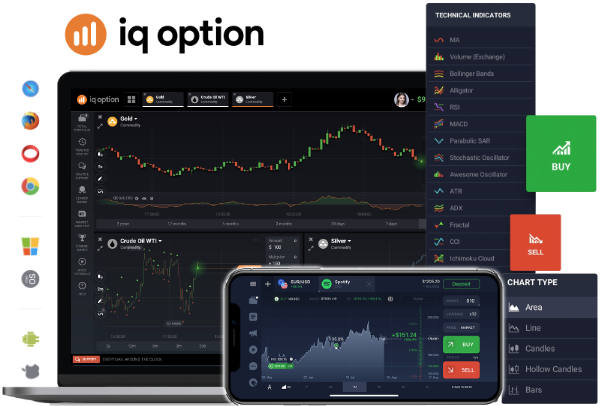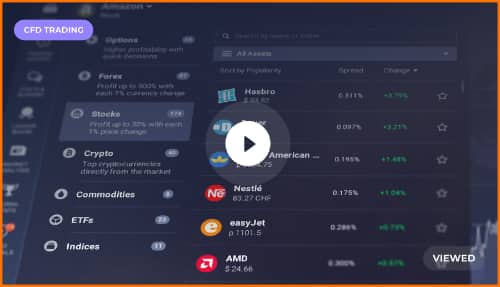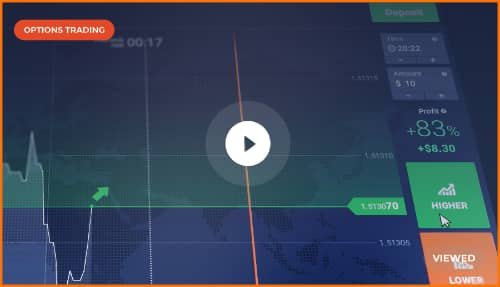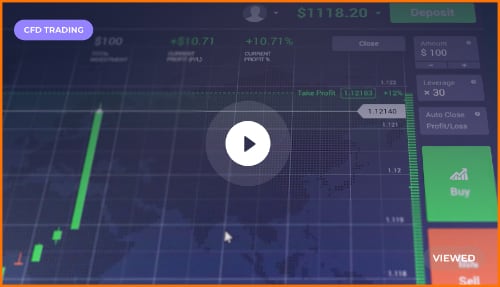Introduction to Technical Analysis
Technical analysis is a method used by investors to evaluate and predict the future price movements of securities based on historical price data and trading volume. Unlike fundamental analysis, which focuses on a company’s financial health and economic factors, technical analysis relies on charts and other tools to identify patterns and trends. This article delves into the best technical analysis methods for investors, providing a comprehensive guide to help you make informed investment decisions.
Understanding the Basics of Technical Analysis
Before diving into specific methods, it’s essential to understand the foundational principles of technical analysis. These principles include:
- Market Action Discounts Everything: This principle suggests that all known information is already reflected in the price of a security.
- Prices Move in Trends: Technical analysts believe that prices move in identifiable trends, which can be upward, downward, or sideways.
- History Tends to Repeat Itself: Historical price movements are likely to recur due to market psychology and investor behaviour.
Types of Charts Used in Technical Analysis
Charts are the backbone of technical analysis. The most commonly used charts include:
- Line Charts: These charts plot the closing prices of a security over a specific period, providing a simple and clear view of price movements.
- Bar Charts: Bar charts display the open, high, low, and close prices for each period, offering more detailed information than line charts.
- Candlestick Charts: Originating from Japan, candlestick charts provide the same information as bar charts but in a more visually appealing format. Each candlestick represents a specific period and shows the open, high, low, and close prices.
Key Technical Analysis Methods
There are numerous technical analysis methods that investors can use to make informed decisions. Here, we explore some of the most effective and widely used techniques.
Moving Averages
Moving averages are one of the most popular technical analysis tools. They smooth out price data to identify trends by averaging the prices over a specific period. The two main types of moving averages are:
- Simple Moving Average (SMA): This is calculated by adding the closing prices of a security over a specific period and dividing by the number of periods.
- Exponential Moving Average (EMA): EMA gives more weight to recent prices, making it more responsive to new information compared to SMA.
Relative Strength Index (RSI)
The Relative Strength Index (RSI) is a momentum oscillator that measures the speed and change of price movements. It ranges from 0 to 100 and is typically used to identify overbought or oversold conditions. An RSI above 70 indicates that a security may be overbought, while an RSI below 30 suggests it may be oversold.
Bollinger Bands
Bollinger Bands consist of a middle band (SMA) and two outer bands that are standard deviations away from the middle band. These bands expand and contract based on market volatility. When the price moves towards the upper band, it may indicate overbought conditions, while movement towards the lower band may suggest oversold conditions.
MACD (Moving Average Convergence Divergence)
The MACD is a trend-following momentum indicator that shows the relationship between two moving averages of a security’s price. It consists of the MACD line, the signal line, and the histogram. The MACD line is calculated by subtracting the 26-period EMA from the 12-period EMA. The signal line is the 9-period EMA of the MACD line. The histogram represents the difference between the MACD line and the signal line.
Fibonacci Retracement
Fibonacci retracement levels are horizontal lines that indicate potential support and resistance levels based on the Fibonacci sequence. These levels are derived by taking two extreme points on a chart and dividing the vertical distance by key Fibonacci ratios (23.6%, 38.2%, 50%, 61.8%, and 100%). Investors use these levels to identify potential reversal points in the market.
Support and Resistance Levels
Support and resistance levels are critical concepts in technical analysis. Support is a price level where a security tends to find buying interest, preventing it from falling further. Resistance is a price level where selling interest is strong enough to prevent the price from rising further. Identifying these levels helps investors make better entry and exit decisions.
Advanced Technical Analysis Techniques
For those looking to delve deeper into technical analysis, several advanced techniques can provide additional insights.
Elliott Wave Theory
The Elliott Wave Theory, developed by Ralph Nelson Elliott, is based on the idea that market prices move in predictable wave patterns. These waves are divided into two categories: impulse waves and corrective waves. Impulse waves move in the direction of the main trend, while corrective waves move against it. Understanding these patterns can help investors predict future price movements.
Ichimoku Cloud
The Ichimoku Cloud, also known as Ichimoku Kinko Hyo, is a comprehensive indicator that provides information about support and resistance levels, trend direction, and momentum. It consists of five lines: Tenkan-sen, Kijun-sen, Senkou Span A, Senkou Span B, and Chikou Span. The area between Senkou Span A and B forms the “cloud,” which helps identify potential support and resistance zones.
Volume Analysis
Volume analysis involves examining the trading volume of a security to confirm trends and identify potential reversals. High volume during an uptrend suggests strong buying interest, while high volume during a downtrend indicates strong selling interest. Volume analysis can be used in conjunction with other technical indicators to enhance decision-making.
Combining Technical Analysis Methods
While individual technical analysis methods can provide valuable insights, combining multiple techniques can enhance their effectiveness. Here are some strategies for combining different methods:
- Moving Averages and RSI: Use moving averages to identify the trend direction and RSI to determine overbought or oversold conditions.
- Bollinger Bands and MACD: Use Bollinger Bands to identify potential reversal points and MACD to confirm the trend direction.
- Fibonacci Retracement and Support/Resistance Levels: Use Fibonacci retracement levels to identify potential reversal points and support/resistance levels to confirm them.
Practical Application of Technical Analysis
To effectively apply technical analysis, investors should follow a systematic approach. Here are some practical steps to get started:
Step 1: Choose the Right Chart
Select the appropriate chart type based on your analysis needs. Line charts are suitable for a quick overview, while candlestick charts provide more detailed information.
Step 2: Identify the Trend
Determine the overall trend direction using moving averages or trendlines. This helps you align your trades with the prevailing market direction.
Step 3: Use Multiple Indicators
Combine different technical indicators to confirm your analysis. For example, use RSI to identify overbought/oversold conditions and MACD to confirm the trend direction.
Step 4: Set Entry and Exit Points
Identify potential entry and exit points based on support/resistance levels, Fibonacci retracement levels, or other indicators. This helps you manage risk and maximize profits.
Step 5: Monitor and Adjust
Regularly monitor your trades and adjust your strategy as needed. Market conditions can change rapidly, so staying flexible is crucial.
Common Pitfalls in Technical Analysis
While technical analysis can be a powerful tool, it’s essential to be aware of common pitfalls that can undermine its effectiveness.
Over-Reliance on Indicators
Relying too heavily on a single indicator can lead to false signals. It’s crucial to use multiple indicators and confirm your analysis with other methods.
Ignoring Market Fundamentals
While technical analysis focuses on price data, ignoring fundamental factors can lead to incomplete analysis. Consider incorporating fundamental analysis to get a holistic view of the market.
Emotional Trading
Emotions can cloud judgment and lead to impulsive decisions. Stick to your analysis and trading plan, and avoid making decisions based on fear or greed.
Conclusion
Technical analysis offers a wealth of tools and techniques for investors to make informed decisions. By understanding the basics, exploring key methods, and combining different techniques, you can enhance your trading strategy and improve your chances of success. Remember to stay disciplined, avoid common pitfalls, and continuously refine your approach based on market conditions.

Q&A Section
| Question | Answer |
|---|---|
| What is the primary difference between SMA and EMA? | SMA calculates the average price over a specific period, while EMA gives more weight to recent prices, making it more responsive to new information. |
| How can RSI be used to identify overbought or oversold conditions? | An RSI above 70 indicates overbought conditions, while an RSI below 30 suggests oversold conditions. |
| What are Bollinger Bands, and how do they work? | Bollinger Bands consist of a middle band (SMA) and two outer bands that are standard deviations away from the middle band. They help identify overbought and oversold conditions based on market volatility. |
| What is the purpose of Fibonacci retracement levels? | Fibonacci retracement levels indicate potential support and resistance levels based on the Fibonacci sequence, helping investors identify potential reversal points. |
| Why is it important to combine multiple technical analysis methods? | Combining multiple methods enhances the accuracy of your analysis by confirming signals and providing a more comprehensive view of the market. |
Further reading about Technical Analysis
Here are a few valuable articles that explore different technical analysis methods for investors:
- Investopedia’s Guide to Technical Analysis – This article introduces key concepts such as moving averages, Bollinger Bands, MACD (Moving Average Convergence Divergence), and Relative Strength Index (RSI). It also provides strategies for both beginners and advanced traders, helping investors understand trend analysis and trading signals (Investopedia) (Investopedia).
- Fundevity’s Best Technical Analysis Tools – This guide dives into widely-used tools like Fibonacci retracement, volume indicators, and trend analysis techniques. It also covers how these tools can be applied across different markets, including stocks, crypto, and Forex (Fundevity).
- Public.com’s Strategies for Beginners – Focused on chart patterns, this article explains how to use trendlines, candlestick patterns, and popular chart formations like head and shoulders or triangles to predict market movements. It’s a great resource for investors wanting to build confidence in using technical analysis (Public).
These articles offer a solid foundation for anyone interested in learning more about technical analysis and its practical application in various markets.














 How to trade CFD? (00:49)
How to trade CFD? (00:49) How to trade binary options*? (01:22)
How to trade binary options*? (01:22) Forex. How to start? (01:01)
Forex. How to start? (01:01)